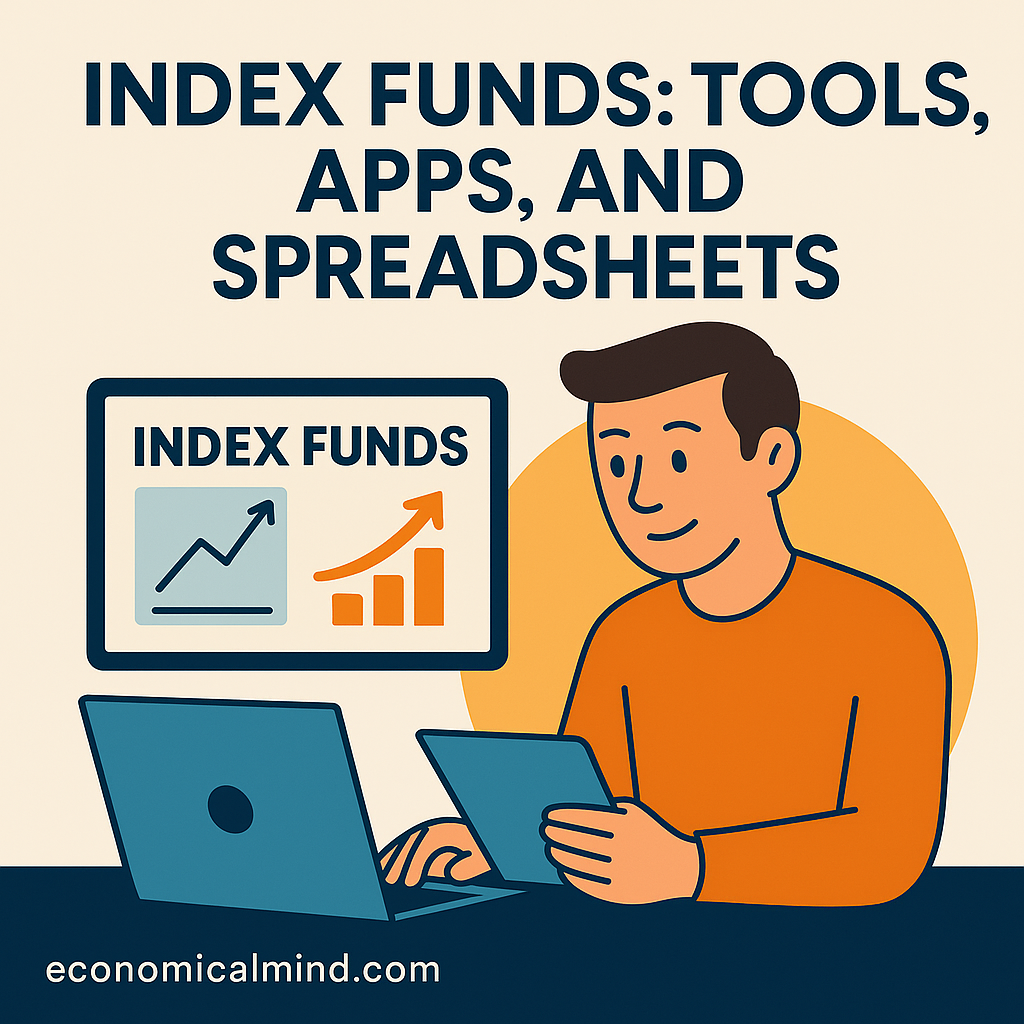
Index funds are one of the simplest and most effective ways to invest for the long term. They’re designed to track major market indexes—like the S&P 500—offering instant diversification and low costs. Whether you’re new to investing or fine-tuning your portfolio, using the right tools and apps can make managing your index fund investments much easier.
Why index funds are powerful for investors
Index funds appeal to both beginners and experienced investors because they remove the guesswork. Instead of trying to pick winning stocks, you own a piece of the entire market. This reduces risk through diversification and eliminates emotional decision-making that can derail returns.
They also tend to have low management fees and steady long-term performance, making them a favorite among passive investors. Historically, index funds have outperformed many actively managed funds after fees are taken into account.
Apps and platforms for managing index funds
You don’t need to be a finance expert to start investing in index funds. Many modern platforms make it easy to get started with as little as $50. Here are some popular tools worth exploring:
• Vanguard – The pioneer of index fund investing with ultra-low-cost options.
• Fidelity – Offers zero-fee index funds and user-friendly online tools.
• Charles Schwab – Known for its broad selection of index ETFs and no minimum investment.
• Betterment and Wealthfront – Automated investing apps that build diversified portfolios for you using index funds.
• M1 Finance – Allows custom “pie” portfolios that include your choice of index funds.
Each platform has its strengths, but all provide an easy entry point for long-term investing.
Using spreadsheets to track your portfolio
For investors who prefer a hands-on approach, spreadsheets remain a powerful way to track index fund performance, allocation, and growth over time. You can create a simple sheet that includes:
• Fund name or ticker symbol
• Percentage of portfolio
• Cost basis and current value
• Dividend yield and annual returns
Tools like Google Sheets make it easy to update live prices using functions such as GOOGLEFINANCE(). If you like data, this approach gives you total control and a clear view of your progress toward financial goals.
Tips for long-term success
• Be consistent. Regular contributions, even small ones, matter more than timing the market.
• Reinvest dividends. Automatically reinvesting helps your money grow faster.
• Stay diversified. Consider index funds across sectors, asset classes, and even global markets.
• Keep emotions out of it. Long-term investing rewards patience, not panic.
Common mistakes to avoid
Avoid switching funds too frequently—index investing works best when left to compound quietly. Many new investors also overlook fees. Even a 0.5% difference in expense ratios can significantly impact long-term returns.
Another mistake is ignoring your asset allocation. While index funds are inherently diversified, having a mix of stock and bond funds ensures your portfolio matches your risk tolerance.
The advantage of automation
Using apps that automate contributions or rebalance your portfolio can save time and prevent emotional mistakes. Many platforms allow automatic investing schedules—ideal for building wealth consistently without needing to think about it every month.
Key takeaway
Index funds are one of the easiest, most reliable ways to build long-term wealth. By combining the simplicity of apps, the flexibility of spreadsheets, and the power of automation, you can stay on top of your investments while letting the market work for you.
